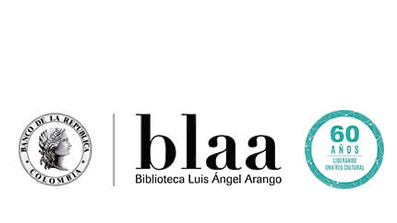
Este trabalho está licenciado sob uma licença Creative Commons Attribution-NonCommercial-ShareAlike 4.0 International License.
Ao submeter artigos para avaliação, os autores concordam em transferir os direitos de publicação para Cultura Latinoamericana. Revista de Estudios Interculturales para publicação em qualquer meio. A fim de aumentar a sua visibilidade, os documentos são enviados para bases de dados e sistemas de indexação, e podem também ser consultados no sítio Web da Revista
Resumo
The Spanish viceroyalty of Sicily, like the main part of the Old Continent, was invested
by the development of the Protestant Reformation ideas from the 30’s of the XVI century. They deeply seeped through the Sicilian religious context, finding both an agreement and an efficient repressive answer from the Holy Office only from the following
decade. That thanks not only to the Lutheran echoes of the Neapolitan society of Juan
de Valdés, Giovanni Montalcino e Paolo Ricci but also to the indulgent position of the
Viceroy: Ferrante Gonzaga.
The purpose of this paper is to examine in his entirety and complexity the profiles,
the amount and last but not least the so-called ‘Lutheran heretics’ in the island area in
the Spanish period. This not only through the comparison of the list of the abandoned
people to the Secular Arm, kept in Biblioteca Comunale di Palermo, but also of the list
of the Sicilian autodafé in Archivo General de Simancas and the documents stored in
Archivo Historico Nacional in Madrid.























